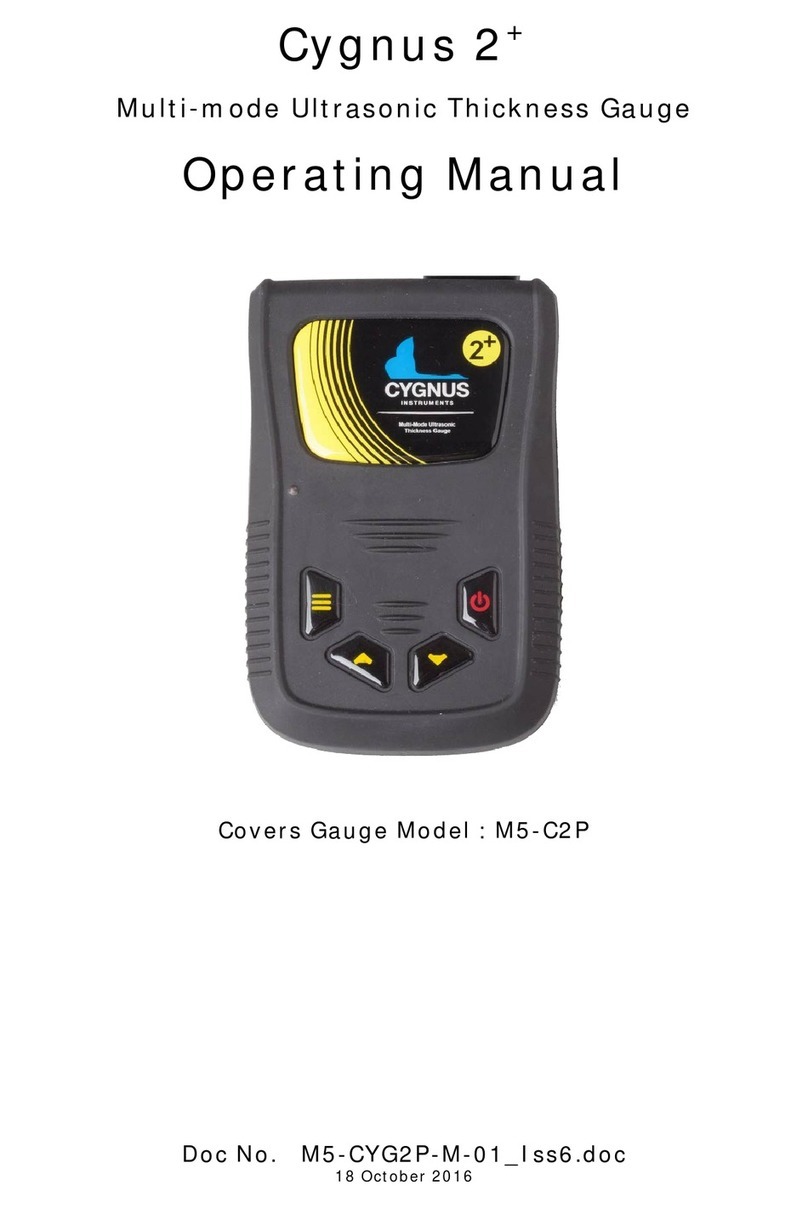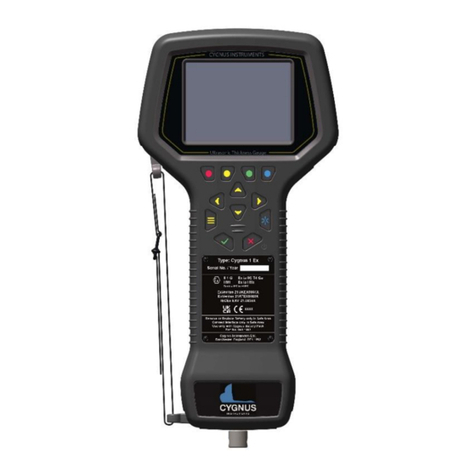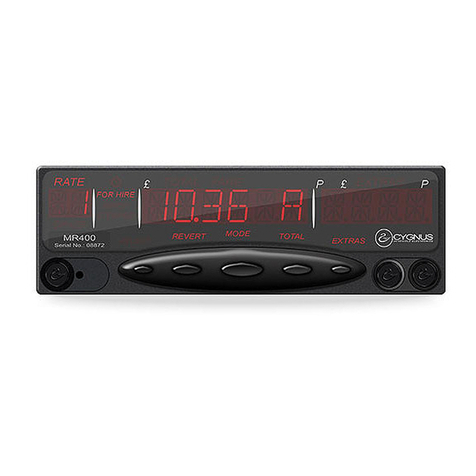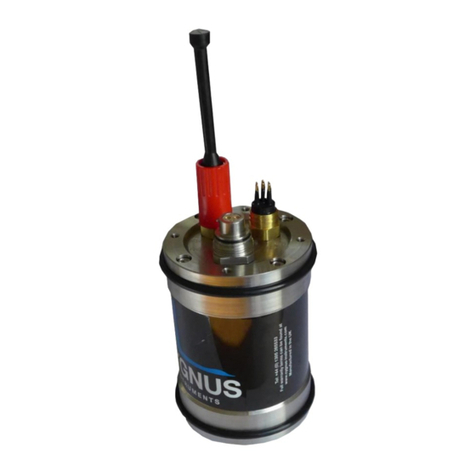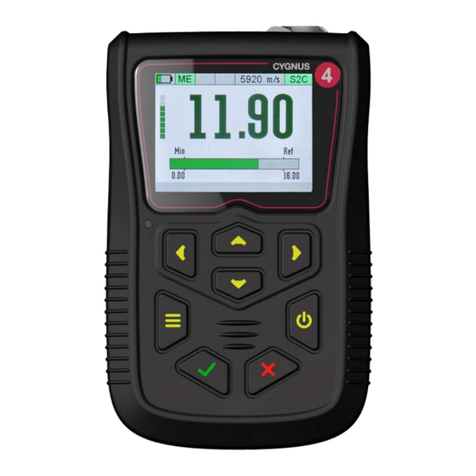
Cygnus 4+ Operating Manual
5
Measurement Comments ......................................................63
Loading Measurement Comments from a File ........................64
Grid Records.......................................................................64
Template Records................................................................66
Data Logging Menu..............................................................66
Creating a new Record .........................................................66
Your Choices will be Saved for Next Time .............................68
Using a Template to Create a new Record................................69
User Field Input................................................................69
Reviewing and Editing User Field Choices..............................69
Logging Thickness Measurements...........................................70
Auto-Log Feature..............................................................71
Logging Obstructions and No-Readings.................................72
Changing Measurement Units while Data Logging...................73
Re-taking the Last Measurement............................................73
Stepping Backwards in the Record..........................................74
Adding Radial Points ............................................................75
Adding Measurement Comments............................................77
Closing and Opening a Record ...............................................78
Closing the Record............................................................79
Opening a Record .............................................................79
Protecting a Record..............................................................80
Opening Protected Records.................................................82
Deleting Records .................................................................82
Deleting Individual Records ................................................83
Deleting All Records ..........................................................84
Record Status...................................................................84
10. Data Logging Templates ..............................................86
Templates ..........................................................................86
Integrating with Microsoft Excel ..........................................87
Measurement Points.............................................................87
User Fields .........................................................................88
User Field ‘List’ Type .........................................................88
11. Manual Gain Adjustment..............................................89
Manual Gain Mode ...............................................................89
Turning on Manual Gain.....................................................89
Manual Gain Menu ............................................................90
Adjusting the Gain ............................................................91
Adjusting the Range..........................................................92
Measuring Below the Probes Minimum Thickness Specification .93












